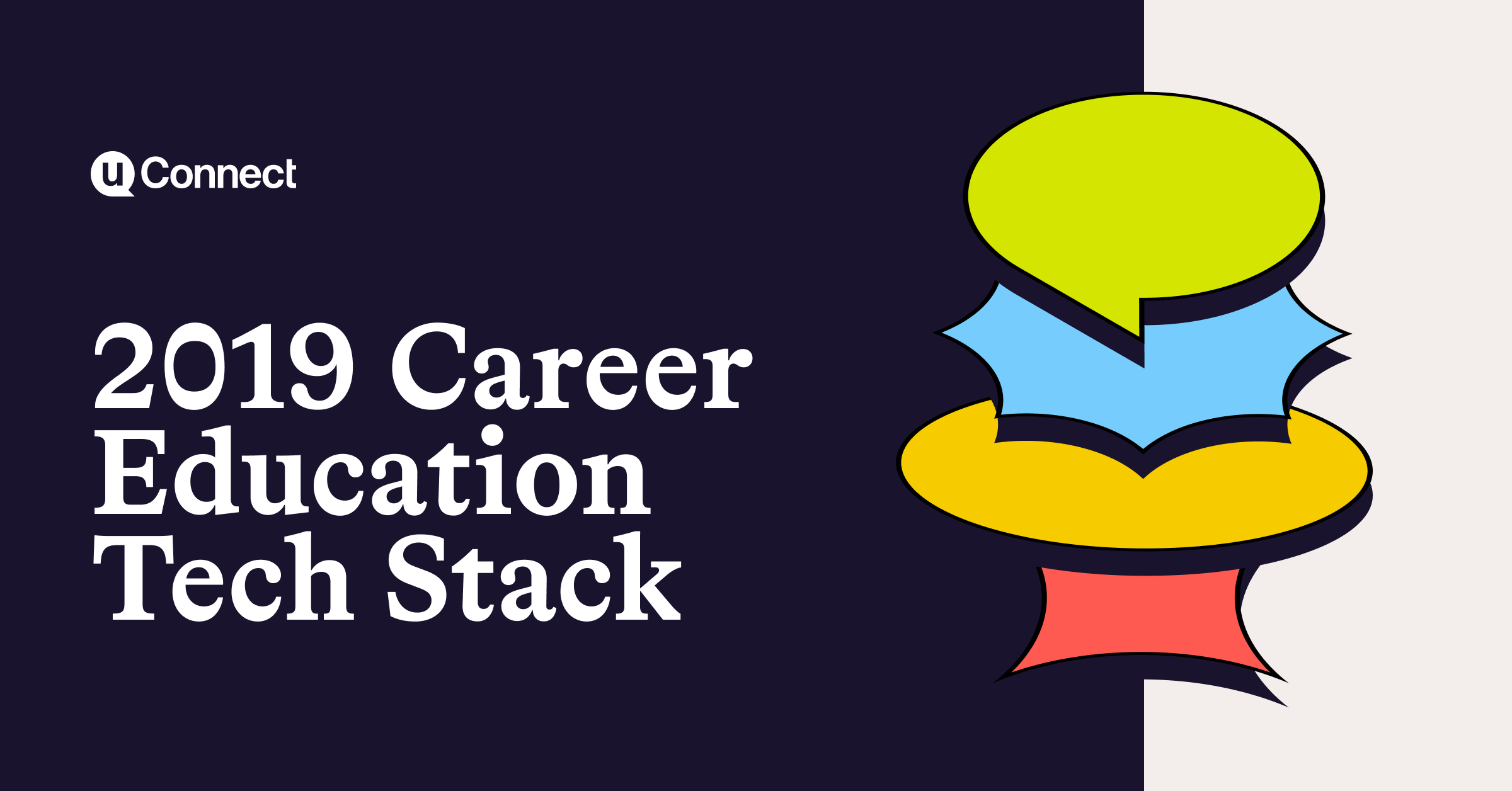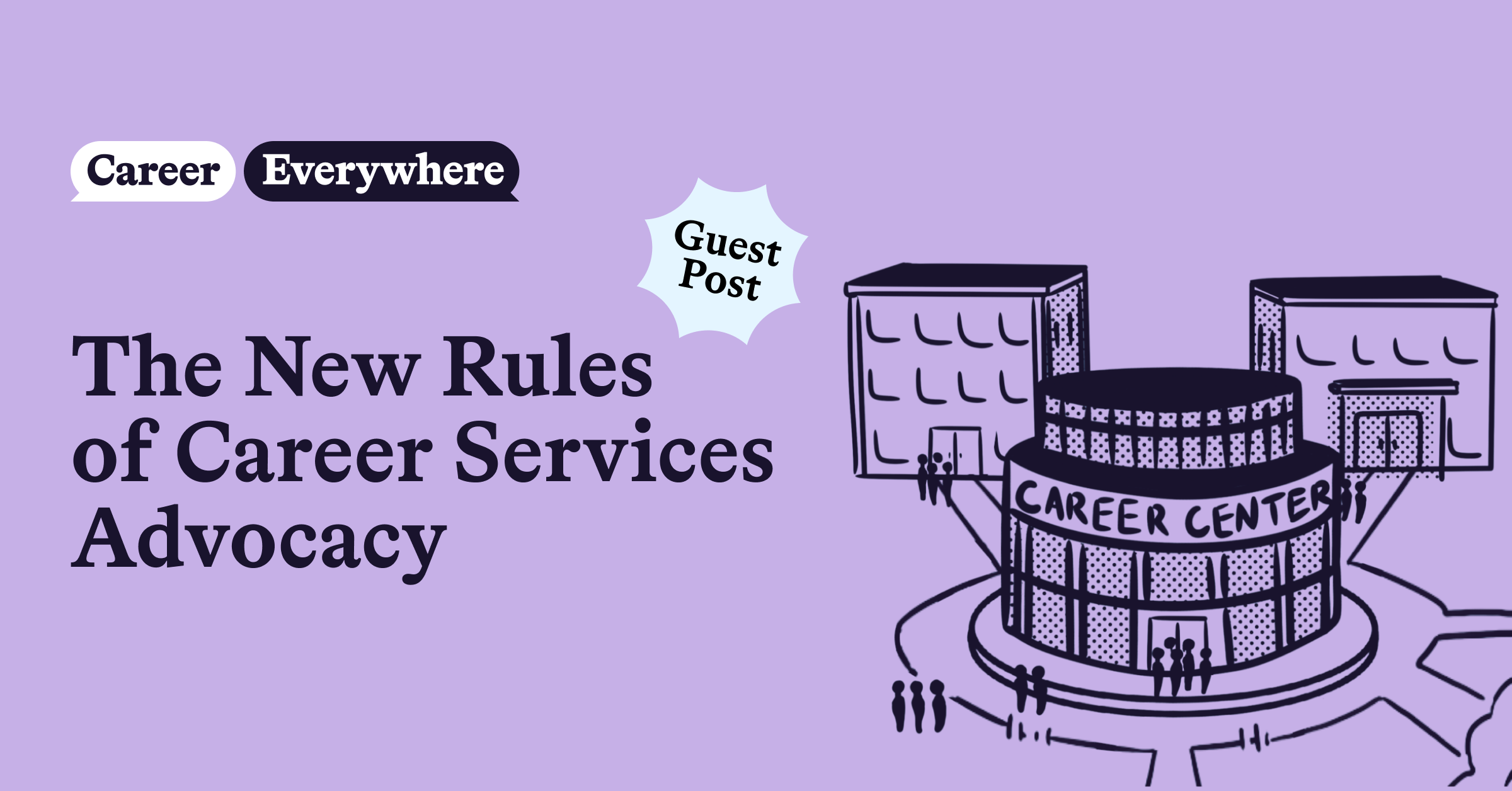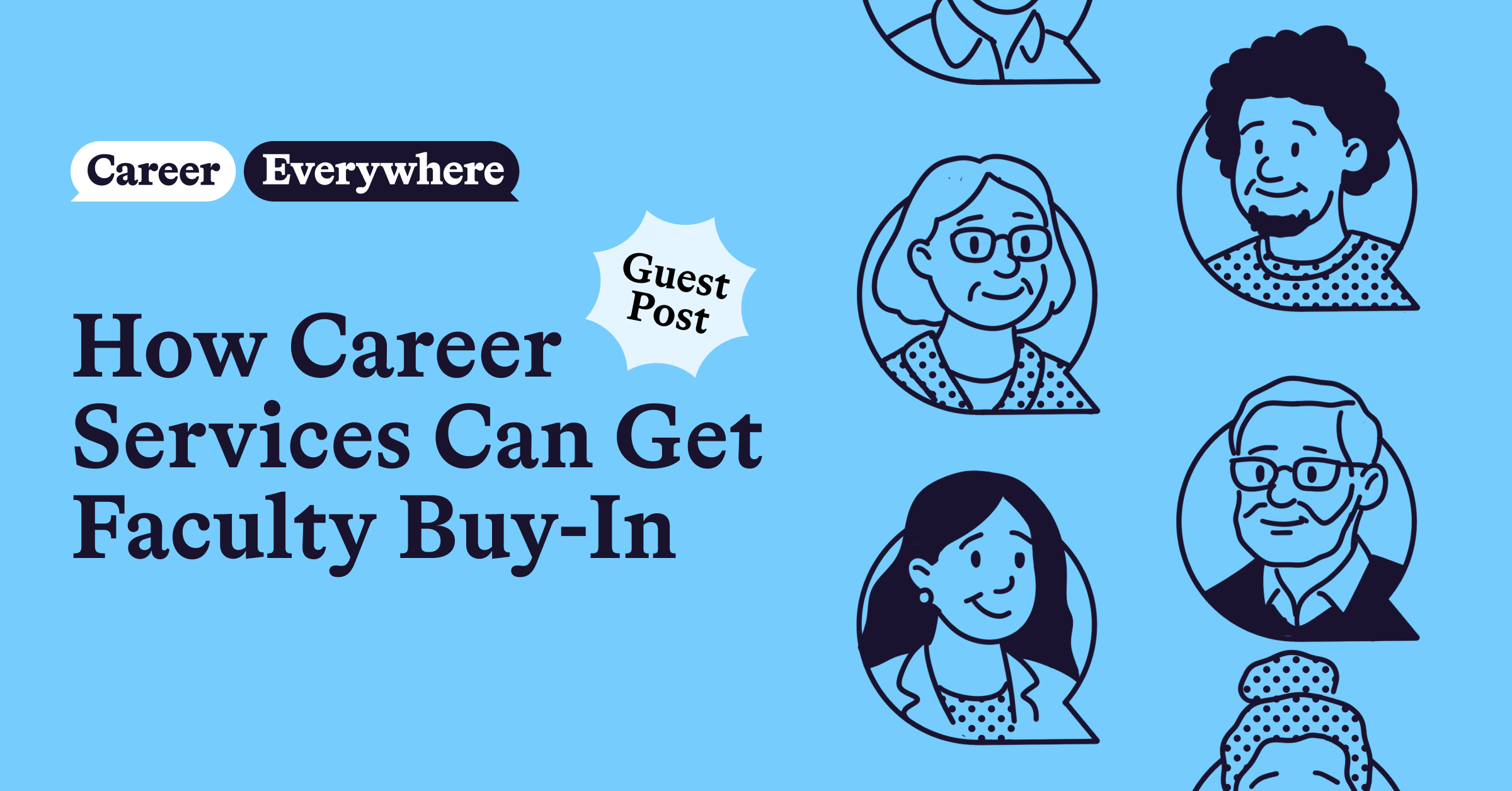
On January 16th, Sheetal Patel, PhD., of Stanford University, and David Kozhuk, of uConnect, published the Career Services Ed Tech Stack and associated e-book. On January 17th, David sat down with Eva Kubu at the Career Services Technology Meeting, held at Princeton University, to discuss the career ed tech stack and its implications for the future of higher education.
Students today come from more diverse backgrounds, and have more diverse interests than ever before. Many also come with higher expectations for students services and support than previous generations. As research continues to prove the strong link between a prospective student’s confidence in career services and their ultimate enrollment decision, many institutions are purposefully seeking out technology resources to scale their career services experience and better support pathways and outcomes for students.
Luckily, the investment community has noticed this shift as well. Capital invested in education technology companies, building innovative solutions to help students and institutions, has increased dramatically in recent years. Today, there are over 400 companies serving career pathways and outcomes.
As a result, new resources and technologies are appearing on campuses everywhere, implemented with high hopes for the impact they will have on students. While these new resources represent so much potential, data shows that many schools struggle mightily with awareness, utilization, and efficacy.
But why? It’s easy to see how mobilizing a network of alumni mentors could offer students access to a massive pool of career insights and expertise, or how a modern job board powered by machine learning can offer students a more robust and personalized career planning experience, or even how real-time labor market data could offer incredible insight into the future of work. So why is engagement and utilization of these tools so unpredictable?
In 2017, Sheetal Patel and I embarked on a journey to research the rapidly evolving technology landscape in higher education and propose a career education technology stack. Initially, our goals were focused on helping career services and student success professionals make more informed decisions about how to evaluate and procure new technologies. But as we got deeper into our research and started soliciting feedback from the higher education community, it quickly became apparent that creating a framework that encouraged each individual institution to identify their own unique career ed tech stack would be a valuable exercise not only to inform procurements, but perhaps even more so as as a tool to help schools create more effective and sustainable models for driving engagement with the tools they already have.
Throughout our conversations with various constituents, a common hypothesis emerged regarding the underutilization of career resources: the proliferation of vendors has meant that career resources are being implemented more frequently. But from the student’s perspective, it’s become increasingly difficult to know what resources are available, which ones to use, and in what order. Even faculty and staff often don’t know what resources are offered across campus and which ones to refer to students in certain situations. Each tool offers a robust, but largely disconnected experience for students, and without context, it is hard to make the most out of the wide range of resources offered. Adding to the complexity of the landscape, career resources are often procured by offices and departments all over campus, from career services to academic advising to institutional research. Every new tool triggers more emails and notifications for students, frequently adding to confusion and frustration, rather than providing the valuable service the tool was built and implemented for.
Last week, we published the results of our research: a graphic representation of the career education tech stack highlighting the categories of technology schools should be using to support career pathways and outcomes for students, best practices to help schools think about how to manage and grow their own career ed tech stack, and even a worksheet to help schools identify their own career ed tech stack in an effort to create more awareness about the full range of career resources offered on campus and encourage more collaboration among campus stakeholders in supporting student career pathways.
Last week, I also had the honor of attending the 2019 Career Services Technology Meeting, and participating in a fireside chat, hosted by Eva Kubu, from Princeton University, where we discussed our research and the career education tech stack. The conversation highlighted a growing trend in career development—the shift from a service-based model to a community model—and how to leverage the tech stack concept to effectively move in this direction.
As the diversity of students’ career interests and their expectations for support services both grow, so do the operational demands required to help students succeed. With career center staff size relatively flat, many centers have realized the only sustainable way to support students is to move from a reactive, service model, where the onus to support career pathways and outcomes is on the career center, to a proactive community model, where campus stakeholders work together to embed career into every aspect of the student experience.
During the talk, we discussed how the simple act of identifying the career resources offered on campus and organizing them into easy-to-understand categories can be the catalyst for mobilizing campus partners; like admissions, faculty, and advising, and serve as a framework for the campus community to work together to connect students to the resources they need.
Eva and I talked about specific instances she has encountered at Princeton, as well as those we’ve seen with our campus partners at uConnect, where improved awareness and access to career center resources for campus partners greatly improved the student experience. Such as when an academic advisor can share first-destination data with a student who wants to pursue a liberal arts major but is unsure whether there will be ample career options. Or when a faculty member can easily share the career center’s on-campus recruiting calendar when a student asks about opportunities to meet companies in the financial services industry. Or when an admissions professional highlights e-portfolios of students who launched careers in big data to encourage a prospective student who is interested in studying data science.
Before the talk was even over, people from the audience were using the career ed tech stack worksheet to identify their own stack with the goal of sharing their school’s career resource offering. Some even tweeted their school’s career ed tech stack! The talk and the exercise sparked excitement and most importantly offered a blueprint to begin fostering an environment where the campus community can act as an extension to the career center staff, and help support students’ career goals.
We, as an industry, have been talking about breaking career services out of its silo and making career development an institutional priority for years, but operationalizing a model to facilitate this is something very few schools have been able to accomplish.
Take the first step by downloading the paper and begin populating the worksheet, either on your own or as a great activity/discussion with your career team. You will immediately create a better understanding and alignment across your staff about what resources and services you have and where the gaps might lie. It will help you scale the impact of the resources you already have and understand how to leverage the robust career education technology market to evolve your offering and provide a more comprehensive career exploration and planning experience for all students.
If you have any questions, you can reach me directly anytime at david@gouconnect.com.


